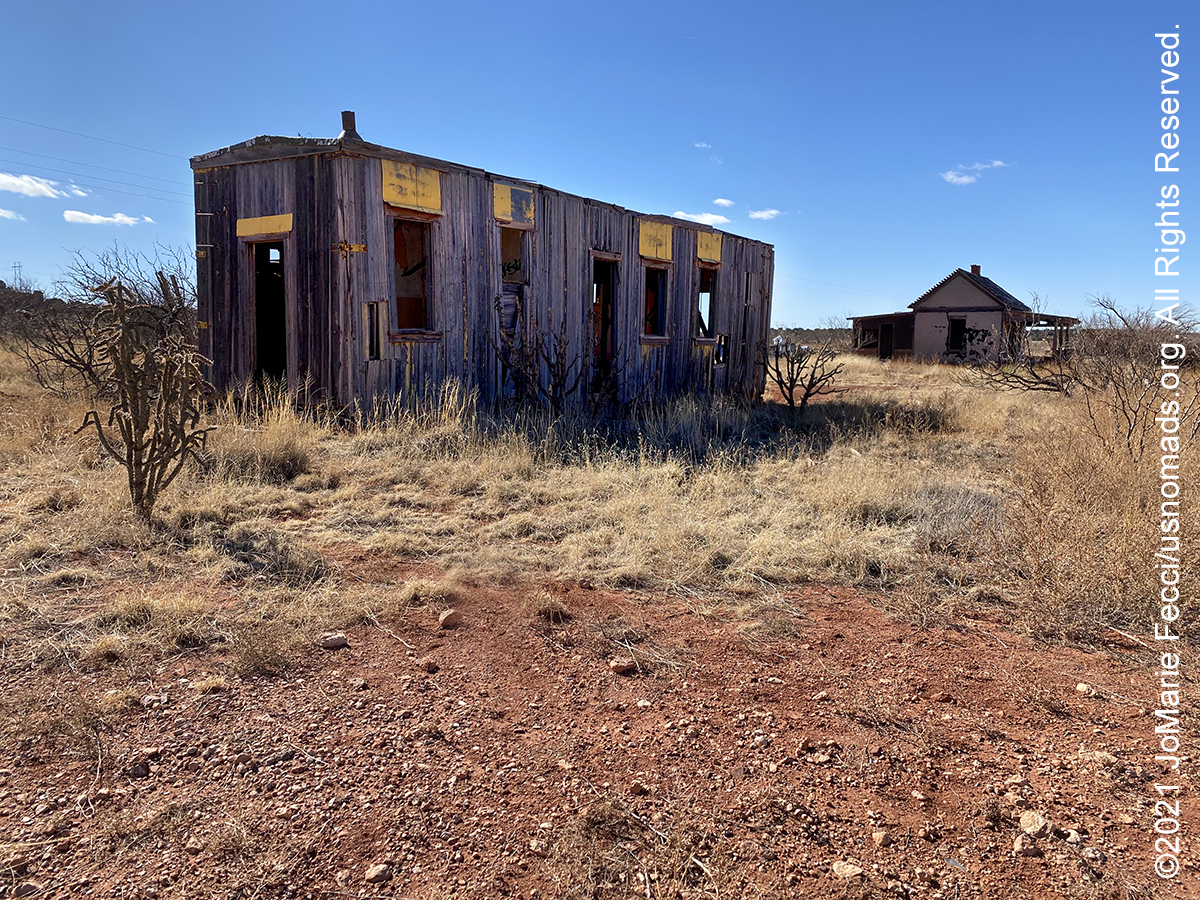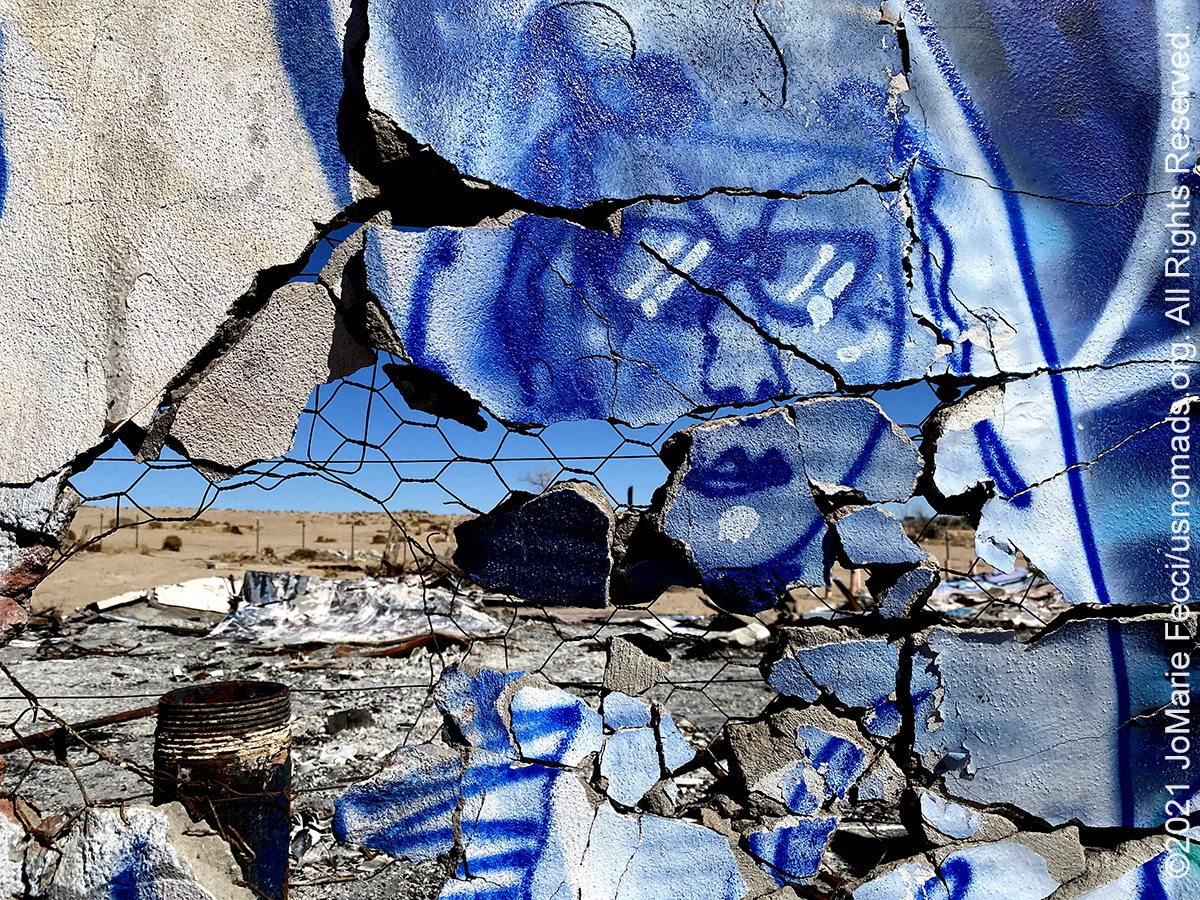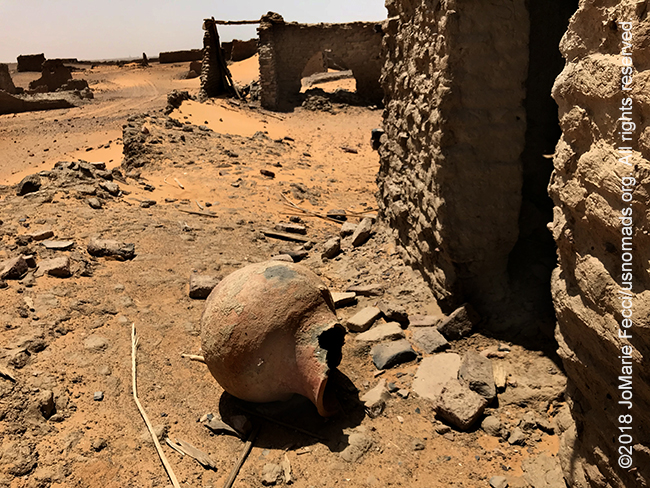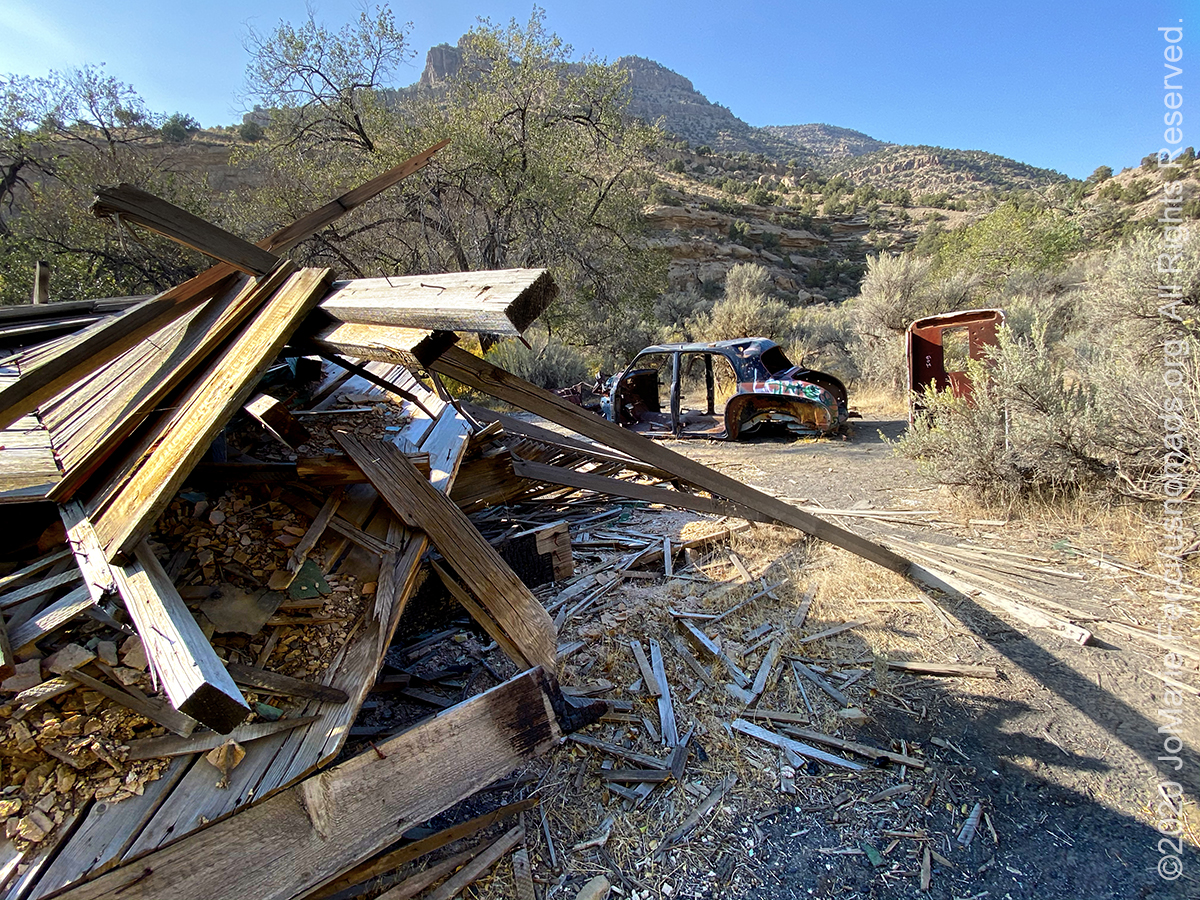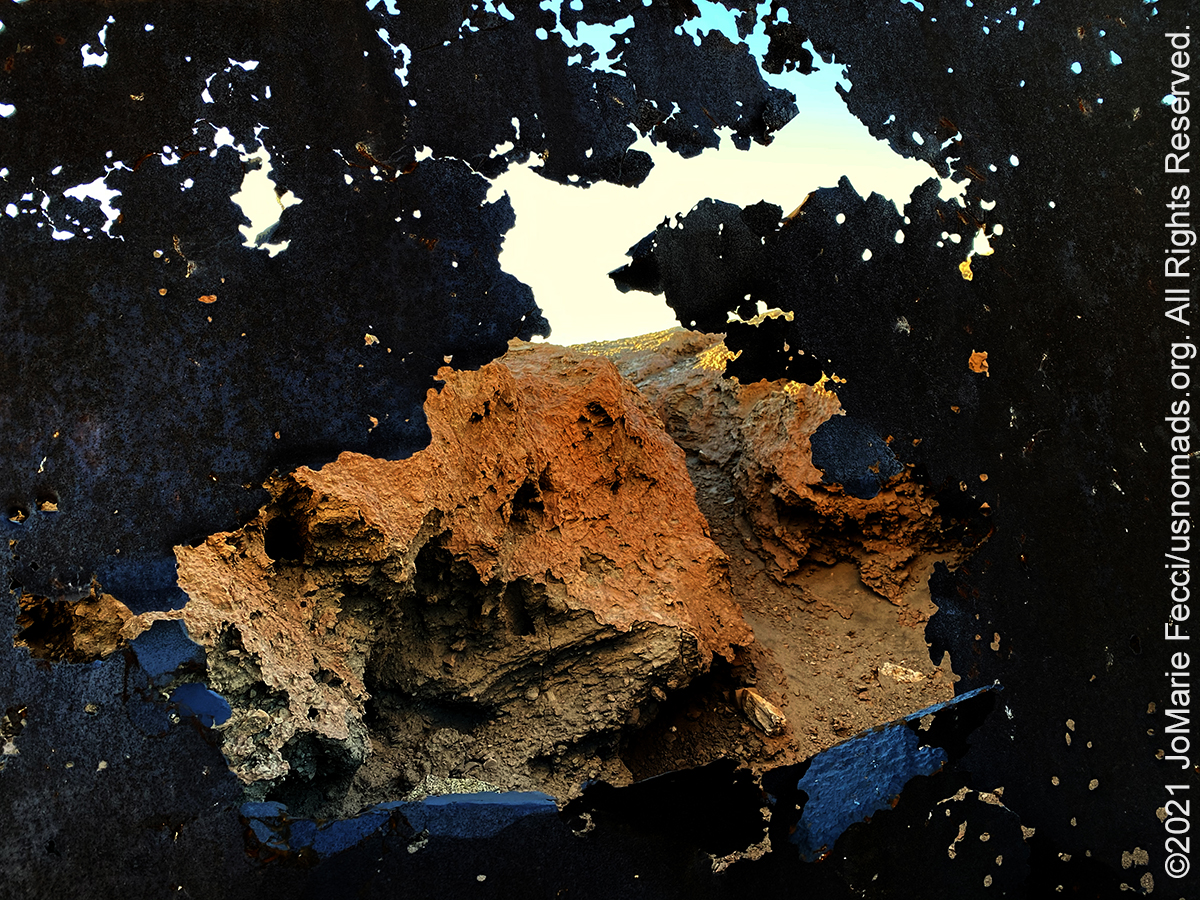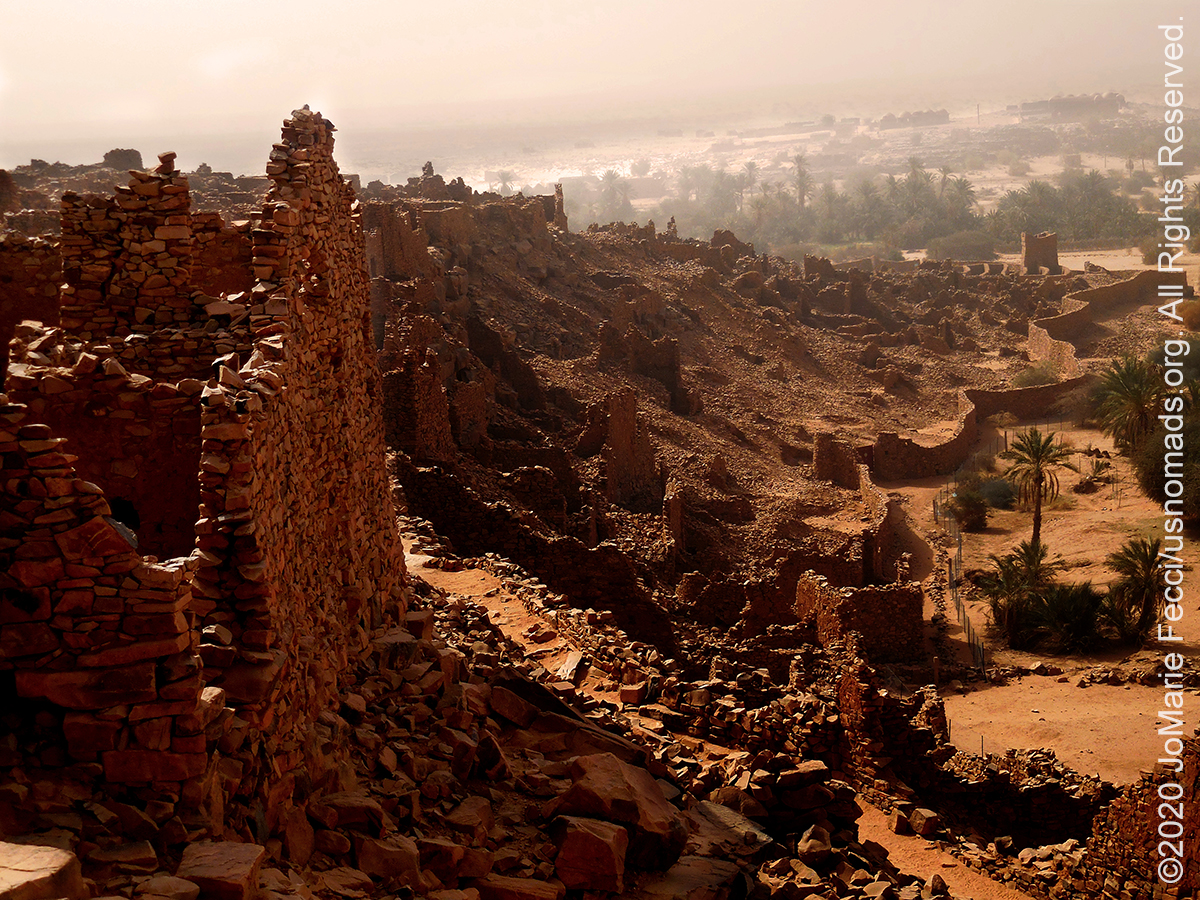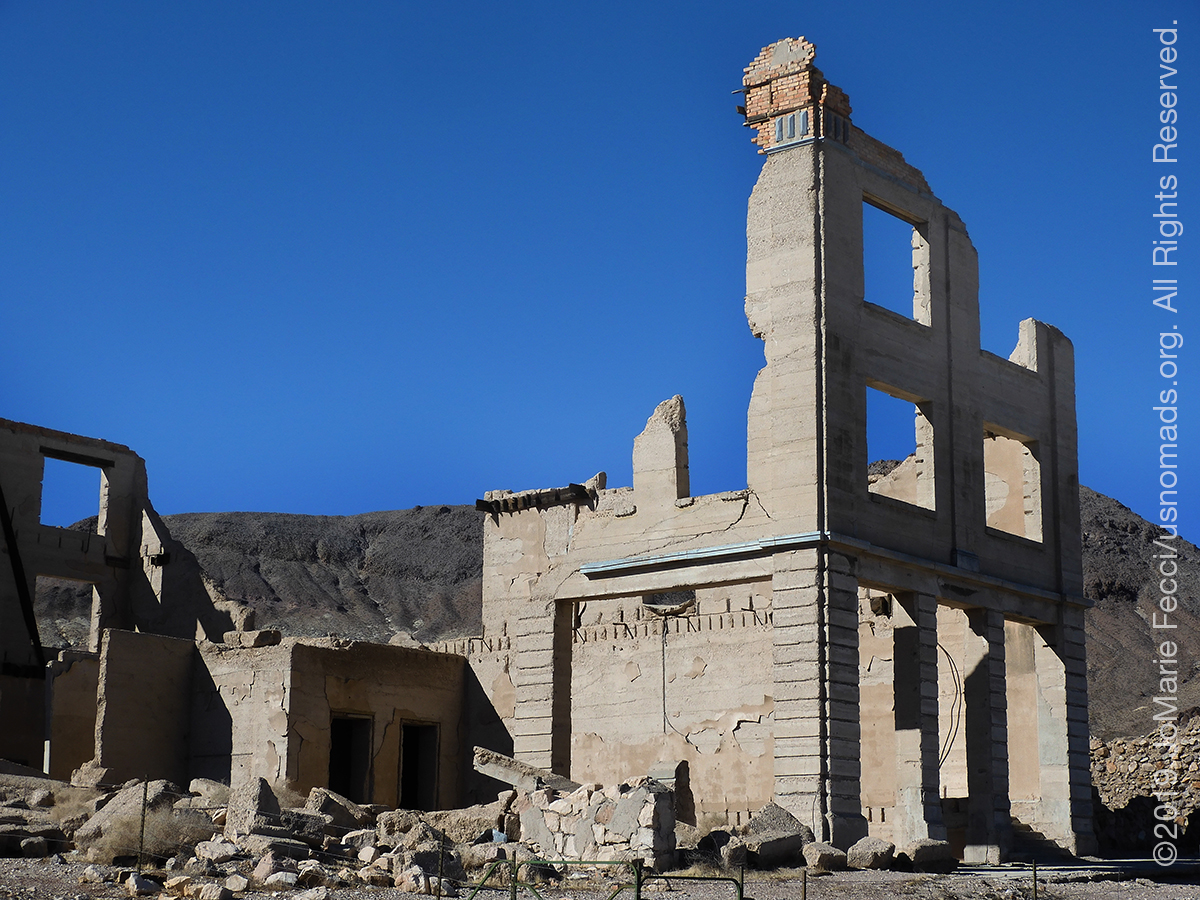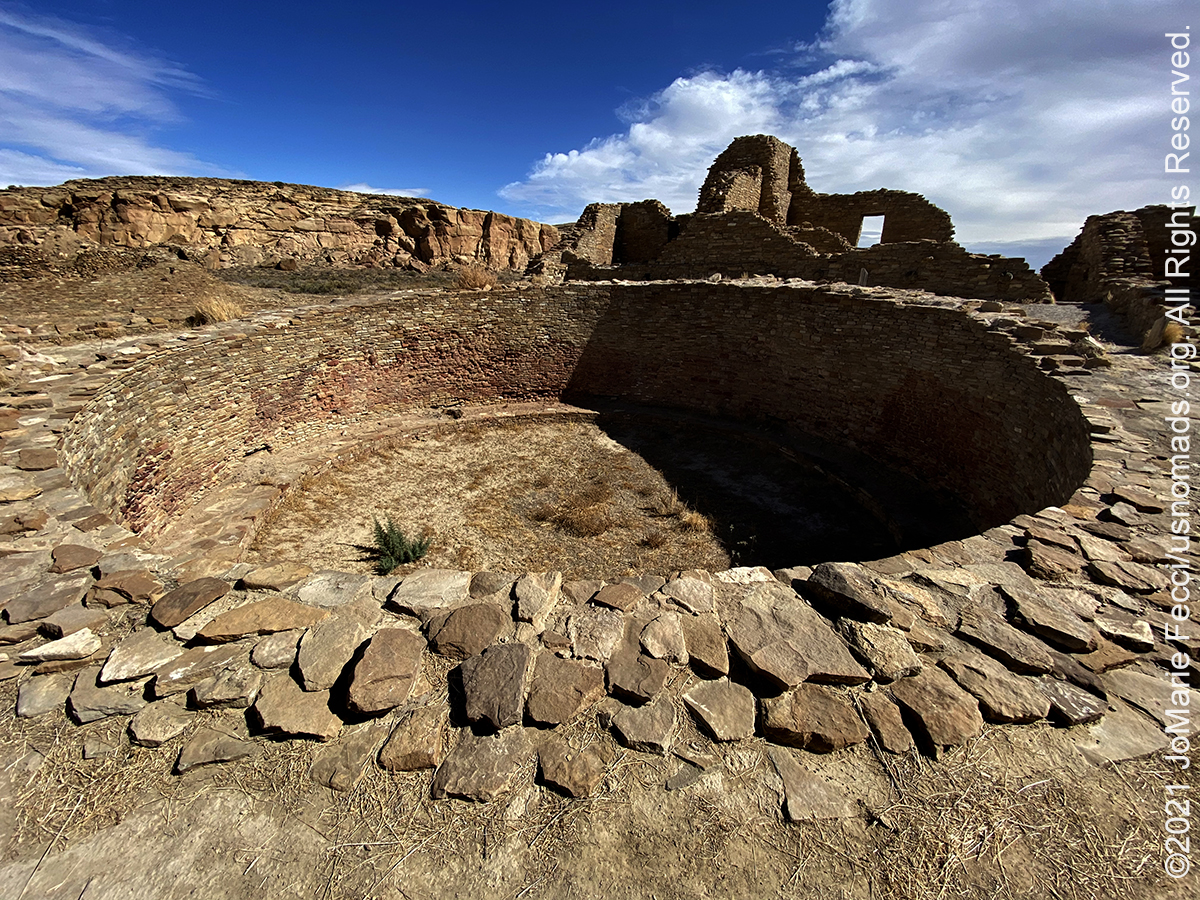There is something alluring about setting out on a backcountry adventure to explore abandoned places. We are making a connection with history or uncovering a mystery. Our journey has a destination of discovery. We are traveling across time and cultures. And there is a strange beauty in these desolate spaces, often defined by the harsh light and shadow of the desert sun.
Ghost Towns
EXPLORING HISTORY'S GHOSTS
Though there are still a few residents, the town of Cuervo in New Mexico is considered a “ghost town”. Gradually abandoned over the years, traces of lives lived there remain, but there is little historical information available.
Getting away from commercial “ghost town” attractions like Calico Town, or Oatman (which can be fun to visit, too), and in search of more authentic discovery experiences can offer some fun challenges for anyone who wants to combine an interest in history and off-road adventure. There are “ghost towns” and abandoned places all across the United States (and the rest of the world, too). Exploring them can sometimes require a bit of planning and investigative research to determine locations and legality of access, but the resulting discoveries usually make it worthwhile.
HOW DO YOU DEFINE A "GHOST"?
HOW DO YOU DEFINE A "GHOST"?
Experts have come up with two “guidelines” for determining what qualifies as a “ghost.” First, “the town’s reason for being must no longer exist.” This criteria allows for the inclusion of semi-abandoned sites that maintain only a skeleton population. Second, “there must be tangible remains of the town for visitors to see” — ruins, boarded up buildings, or even just a town cemetery qualify.
When we think of ghost towns, we often think of old movie-set western towns with the swinging gates of the abandoned saloon squeaking in the breeze as a tumbleweed rolls through on cue, but technically a ghost town is simply any abandoned town or city. The reasons for its abandon vary. Boomtowns that were built up around some single activity, like mining, can go “bust.” A road or rail line can be re-routed, bypassing a town which then slowly fades. Sometimes an epidemic wipes out most of a small town’s population, and the place is abandoned, or a disaster, like land contamination, forces people to move away. In recent decades the allure of urban life has decimated many rural communities as young people moved to cities and suburban centers, leaving their small towns to fade into ghost- or semi-ghost status.
THERE ARE SO MANY
DIFFERENT KINDS OF GHOSTS
Explore some of the different types of ghost towns below
(mouse over for locations and click through for a brief description and link to a full article about the site).
Note, under “Details” we give a subjective rating to each site on three facets: the first, “Access” means how easily it is to physically access the location, in terms of terrain, navigation and/or administrative obstacles; the second, “Condition” considers the state of the physical structures that are left; the third, “Preservation” takes into account how well (if at all) a site is being protected, conserved and/or restored. A higher “score” means “better.”
FINDING THE TRACES
OF GHOSTS
The southwest is full of old mining towns with crumbling relics, rusting railroad engines, roadside ruins and remnants of lives lived on the fringe. Some are mostly ruins like Tumco, CA, while others are preserved or restored like Rhyolite, NV.
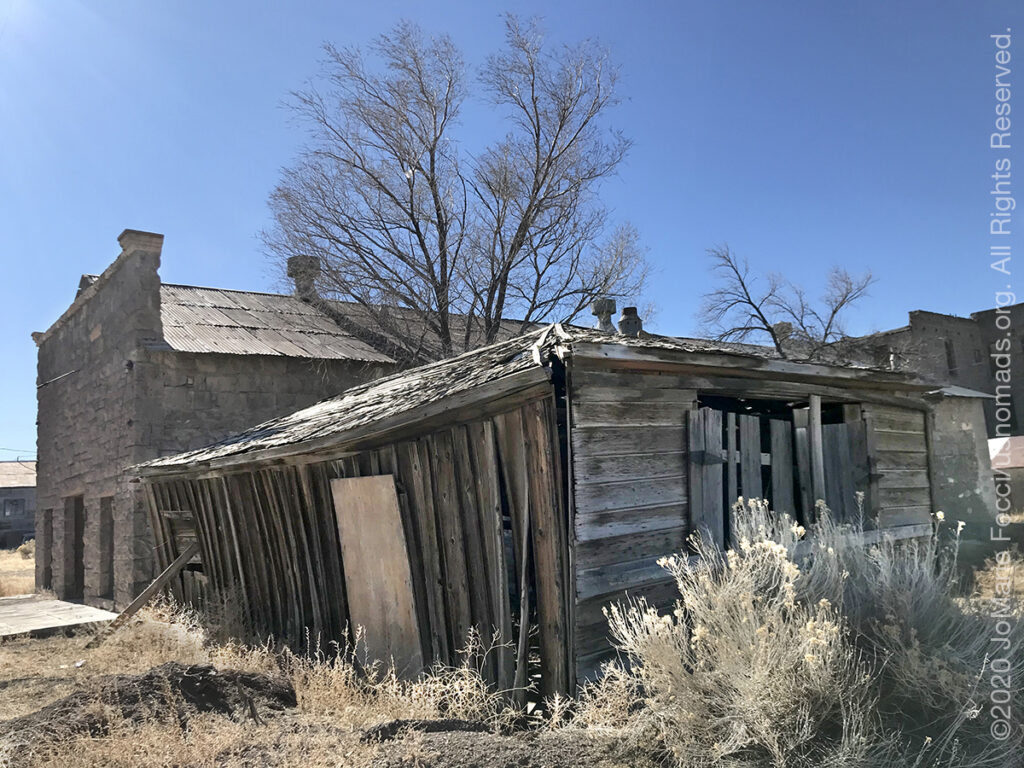
Then there are those, like Goldfield, NV, that fall in between the “emerging ghost” category and attempts at transformation into a functional touristic destination.
Other historic ghosts commonly encountered in this region are old railroad towns or those that faded away after Route 66 was superseded by the Interstate—Cuervo, NM, is an example of both.
Exploring the abandoned ruins of a place that is no longer “on the map” can be as easy or challenging as you want to make it. While many of these sites are relatively “well known” there are others that take a little bit of work to locate. Sometimes it requires research into the history of a place to learn how and why it became a “ghost.” Historical USGS topographical maps can be useful tools to locate traces of town sites and old mining camps — just make sure to reference them to current maps that show legal roads to determine whether you can drive right into the site or if you will need to hike in. Occasionally you may need to obtain permission from private landowners to access a site, but usually if you approach them respectfully and explain your interest, they will allow you to go ahead, and may even offer some interesting information about the place.
At what point does a place become a ghost, and when does it pass from “ghost town” curiosity status to a site of potential archaeological interest? Ancient ruins of long vanished cultures and civilizations are of archaeological interest, but are not always protected archaeological sites, and every single artifact is not treated with the same level of awe. Decisions about what to protect and preserve are made based on many factors. In the U.S. sites receive special protection when they are placed on the National Register, but there are key criteria for eligibility that not every ruin or abandoned place can meet. Internationally, sites are protected by being granted World Heritage status by UNESCO, which also has a rigorous set of criteria for listings.
Ghost towns can be archaeological sites, and while ancient ruins aren’t usually called “ghost towns,” they can be even more interesting for exploration. In the U.S., most of the really ancient ruins are Native American sites, and are usually considered sacred. Some remain accessible as parts of National Monuments or National Historical Parks. In other parts of the world remote ruins and archaeological sites can have different access constraints depending on the country and level of protection or preservation. UNESCO World Heritage Sites are usually accessible but smaller archaeological sites may not be open to visitors. To locate little known sites in remote places outside the US, it is often helpful to use historical topographical maps that have been declassified — these maps will very often have ruins and other potentially interesting locations labelled.
The extensive ruins of an ancient ancestral puebloan civilization spread throughout a large area in New Mexico are protected as the Chaco Culture National Historic Park and managed by NPS even though the site is within the boundaries of the Navajo Nation. The collection of Pueblos and Great Houses includes some that are nearly completely restored as well as sections that remain largely unexcavated. The site presents unparalleled opportunities to explore and delve deeply into the questions surrounding the people who built Chaco and the reasons they abandoned it, but it is important to remember that these places are sacred to some indigenous peoples, and so should be treated with great respect.
Some of the cool locations we explore are not technically “ghost towns” at all, but are still historically or visually interesting “abandoned places.” Sometimes it might just be a single homestead, or old cowboy line cabin, or even the ruins of a relatively modern industrial facility or amusement park. And sites are not just limited to “the west.” On the east coast there are some unique oddities like the Nemo Tunnel in Tennessee (an abandoned train tunnel turned favorite off-road trail) or some Cold War era military facilities accessible on public lands. Many east coast “ghosts” are much harder to locate than their southwestern counterparts, often times because the sites have been “reclaimed” by the lush forces of nature.
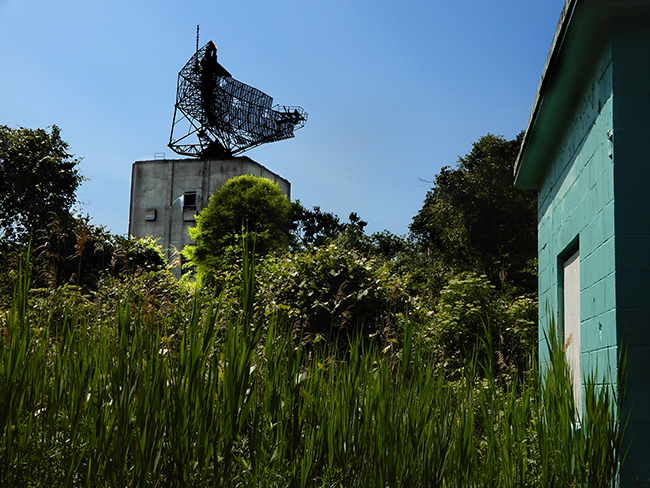
A good way to find potentially interesting destinations for exploration outside of the more well-known ghost towns of the southwest is to research local public lands. Often times National Recreation Areas or National Wildlife Refuges incorporate “abandoned” places in various stages of ruin or restoration, and there is usually a backcountry “trail” to access these sites. Many de-commissioned military sites — like the old radar installations of Camp Hero on Long Island, NY — have been turned over to public land management on the national or state level.
PRO TIP: EXPLORING EMERGING GHOSTS"
EXPLORING EMERGING GHOSTS
These towns are still technically towns, and though streets and thoroughfares are public, there is a mixture of public and private property. Respect remaining residents and their property, and heed any “No Trespassing” signs. The Friends of Darwin put it well: “We wouldn’t come to your town and wander around in your yard, pick stuff up, peek in the windows, and open your door and step inside.”
PRO TIP: ABANDONED MINING AREAS
ABANDONED MINING AREAS
Old mines can be hazardous. Many of these structures contain dilapidated frames, open shafts, and water-filled pits. Falls and cave-ins are common. Hazardous chemical residues or unstable explosives can also be a danger. And remember, even though a mine may appear abandoned it does belong to someone — tools, equipment, building materials, and any other items on the site should be left undisturbed.
PRO TIP: OLD TRASH OR ARTIFACTS
OLD TRASH OR ARTIFACTS
Sometimes trash is not “trash.” That pile of rusted old cans scattered in the desert brush can be part of the historic record of an old mining camp. Fifty years is the general ‘rule of thumb’ used for defining an artifact as “historic” but there are exceptions and strict laws protect artifacts and sites on state, federal and Native American lands. Even though there is no hard and set rule on this, use common sense — if it looks “old” leave it alone.
PRO TIP: ANCIENT PLACES, SACRED SPACES
ANCIENT PLACES, SACRED SPACES
Ancient cliff dwellings, pueblos and rock art sites are sacred to some Native American peoples. When exploring or visiting these locations be considerate and respect the spirituality of the space. Rock art should not be touched and artifacts should never be removed. Stay on marked trails or walkways where they exist and try to take some time to quietly listen to the sounds of nature and contemplate the experience of place.
As with any backcountry adventure, it is important to follow the usual protocols for safety when traveling in harsh environments on difficult terrain. Take two vehicles, if possible, and if not, make sure you have communications that will work in the location you are going to. Also, make sure someone knows where you are going and when you should be back (and who to call if you are not back on schedule). In addition to a GPS, bring paper maps and a compass. Make sure you have emergency supplies, including a first aid kit, and extra food and water — at least one gallon of water per person per day in the desert. And please remember to “Tread Lightly” when exploring so others can enjoy the same discoveries.
All text and photos ©2021 JoMarie Fecci/usnomads.org. Please contact us for any usage permissions or for further information about the journeys or locations included in this reportage.

